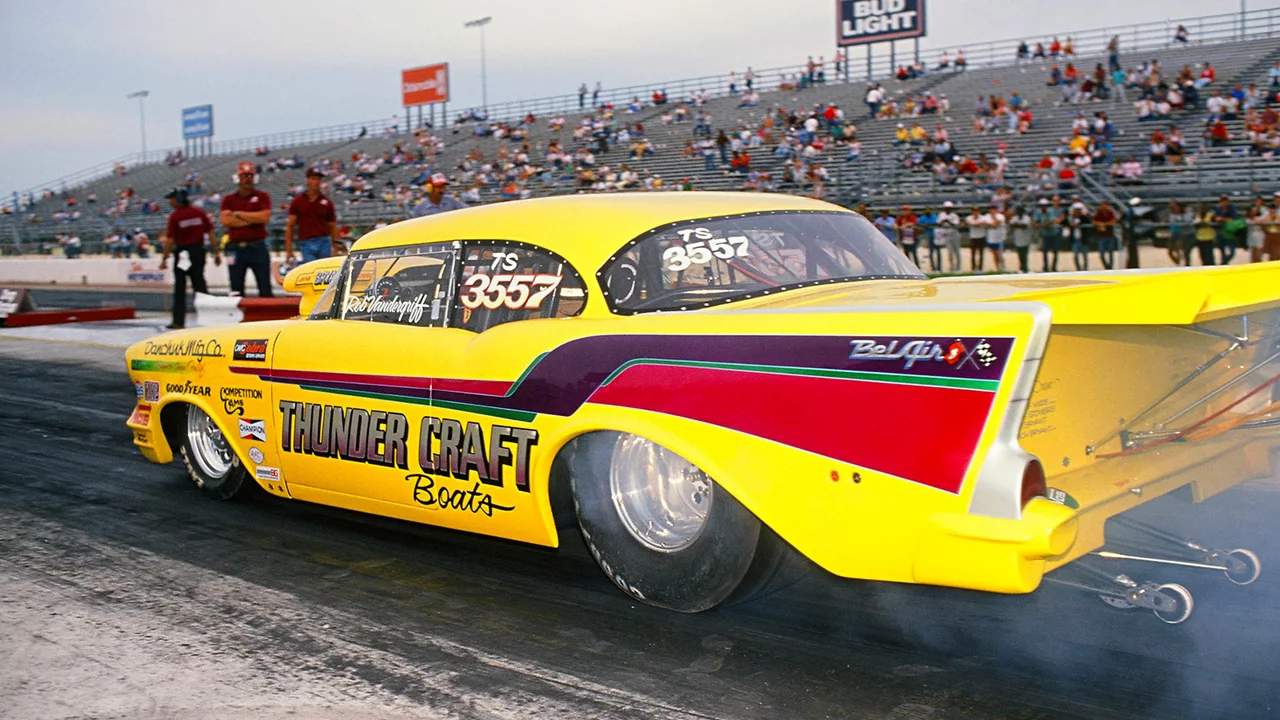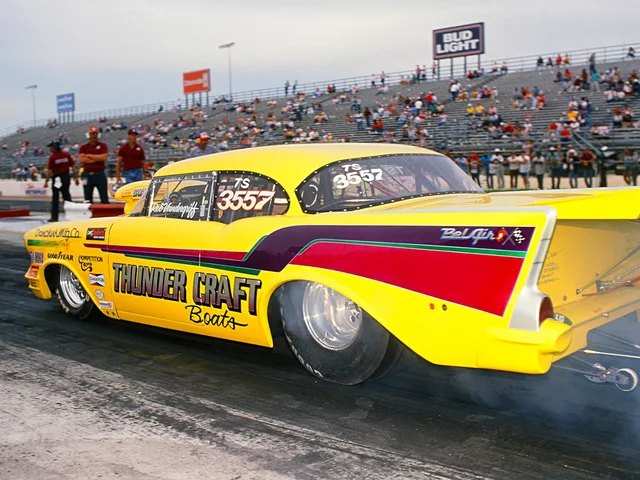Racing Culture: What It Looks Like From the Track to the Fans
When you hear the word "racing" you picture roaring engines, flashing flags, and a crowd that lives for speed. That’s the heart of racing culture – a blend of raw adrenaline, technical know‑how, and a community that shares every win and wreck.
What Makes Racing Culture Tick?
First off, the sport isn’t just about circling a track. Drag racing, for example, turns a straight‑line sprint into a showdown of bite‑sized power. Two cars line up, the lights go green, and in seconds the winner is decided. It’s the automotive version of a 100‑meter dash, and fans love the lightning‑fast excitement.
Then there’s the science that pushes drivers to their limits. G‑force, the measure of acceleration, is a daily reality for racers. While we feel just 1 G on Earth, a race car can crank that up to five Gs in a corner. Those forces shape how a driver steers, brakes, and even breathes. Understanding the number of Gs helps teams tune suspension and tyre grip for smoother, faster laps.
Rules also shape the scene. Homologation keeps the playing field level by setting standards for car design and performance. It stops teams from going overboard with exotic parts that would cost a fortune and make racing unsafe. In short, homologation means everyone follows the same rulebook, so skill, not just cash, wins races.
Key Elements Every Fan Should Know
Behind every fast lap is a technical choice that can make or break a run. Take the rear‑end differential – a component that decides how power is split between wheels. Most racers pick a limited‑slip differential because it sends torque to the wheel with grip, improving corner exits and preventing one wheel from spinning uselessly.
The community side of racing culture is just as powerful. Fans gather at tracks, share stories online, and support local clubs. They celebrate a surprise win the same way they discuss why a certain rule changed the last season. This shared passion keeps the sport alive, from grassroots track days to world‑class championships.
All these pieces – drag strips, g‑force thrills, strict rules, and clever tech – blend into a culture that’s more than a hobby. It’s a lifestyle that values speed, precision, and camaraderie. Whether you’re watching a drag race on a Saturday night or reading about new homologation updates, you’re part of the same fast‑lane family.
So next time you hear a revving engine, remember the many layers that build racing culture. It’s the sound of engineering, competition, and a community that never stops cheering for the next lap.





